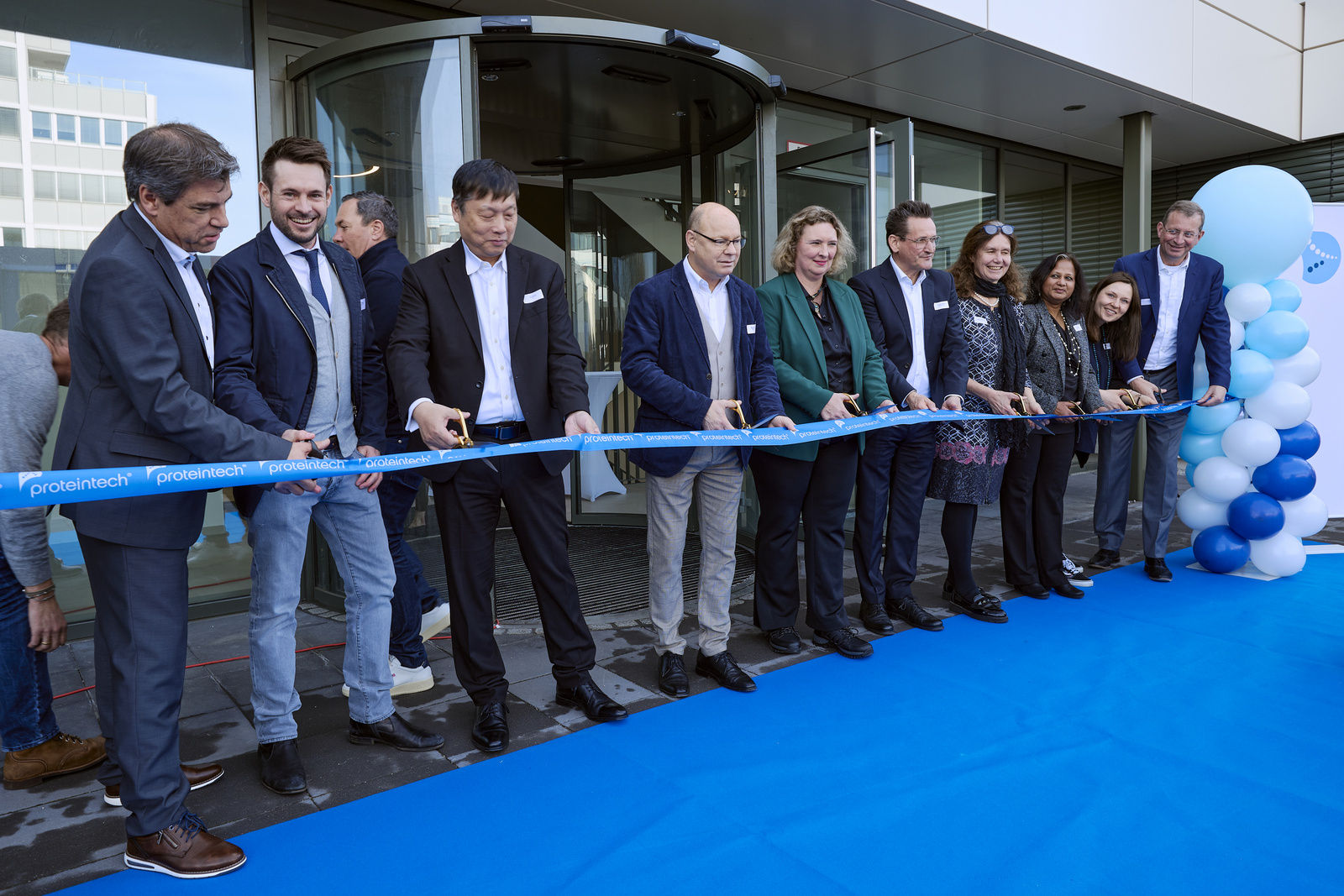- Startseite -
- Digital Bavaria -
- Blog #bytevaria - Munich's Oktoberfest
Munich's Oktoberfest
"Gemütlichkeit" as a factor in the location's favour
It all starts again on 21st September: Munich's Oktoberfest opens its beer tents and what many consider the best season of the year begins.
The "Wiesn", as Munich locals call their festival, was first held in 1810 on the meadows just outside the city to celebrate the wedding of Crown Prince Ludwig and Princess Therese. To start with, Oktoberfest was more a sporting festival than a place to have a beer with friends. Crown Prince Ludwig organised the public celebrations of his wedding in the style of the Olympic Games, and the horse racing was repeated each year. It was not until the end of the 19th Century that Oktoberfest turned into a Mecca of Bavarian "Gemütlichkeit". Today, it has a worldwide fan base including over six million enthusiastic visitors every year, and the Oktoberfest as a brand is better known than many German cities and global players. A survey conducted by the German National Tourist Board showed worldwide brand awareness of 91 per cent.
Oktoberfest may be the embodiment of tradition and Bavarian "Gemütlichkeit" – but it has also developed into a key economic factor for the state. The event brings in an average of well over EUR 800 million every year. Almost half of this – over EUR 300 million – remains on the premises, where 8,000 permanent and another 5,000 casual staff ensure that the guests are fed and watered during the event.
But the advantages of Oktoberfest for the Bavarian economy are not limited to the state capital and the breweries. Many different sectors throughout Bavaria benefit from the event directly or indirectly. Examples include the companies who spend weeks constructing the huge festival tents for the various breweries, the manufacturers of litre steins and the producers of premium costumes, who start designing the latest Oktoberfest fashions almost a year in advance.
A look back at Oktoberfest 2012
- Seats (total): 114,000
- Visitors: 6.4 million
- Beer served: 7.4 million litres
- Roast chickens consumed: 508,958
- Electricity consumption: 2,730,083 kilowatt hours (all feeders at the Oktoberfest were supplied with green electricity for the first time in 2012)
- Gas consumption: 220,915 cubic metres
- Water consumption: 114,612 cubic metres
- Lost and found: 4,530 items, including 1,060 identity cards and credit cards
Further links
Oktoberfest website
How an Oktoberfest beer stein is made

How a passion can transform into a successful business

From hydrogen to chip design – how cross-industry innovation creates business opportunities for foreign investors in Bavaria

![[Translate to English:] [Translate to English:]](https://ik.imagekit.io/sgliwi1izsz/_processed_/a/c/csm_Invest_In_Bavaria6876_70d553b443.jpg?tr=w-1024 1024w, https://ik.imagekit.io/sgliwi1izsz/_processed_/a/c/csm_Invest_In_Bavaria6876_70d553b443.jpg?tr=w-1280 1280w, https://ik.imagekit.io/sgliwi1izsz/_processed_/a/c/csm_Invest_In_Bavaria6876_70d553b443.jpg?tr=w-1536 1536w, https://ik.imagekit.io/sgliwi1izsz/_processed_/a/c/csm_Invest_In_Bavaria6876_70d553b443.jpg?tr=w-1920 1920w)